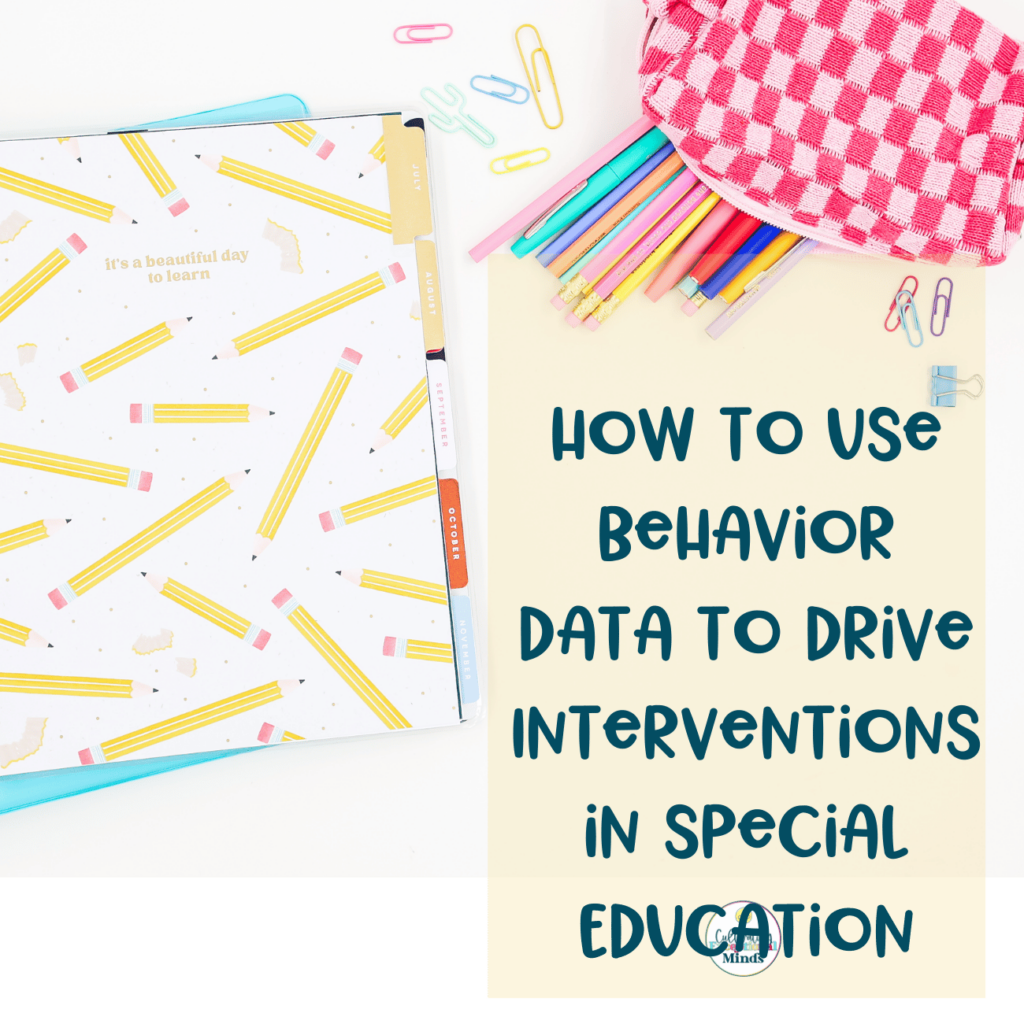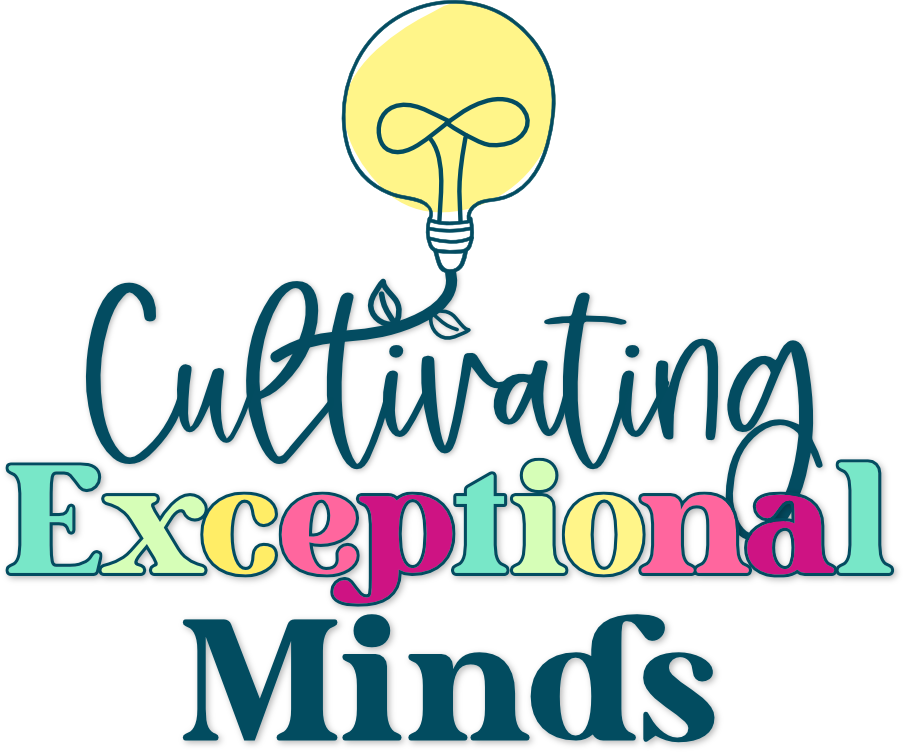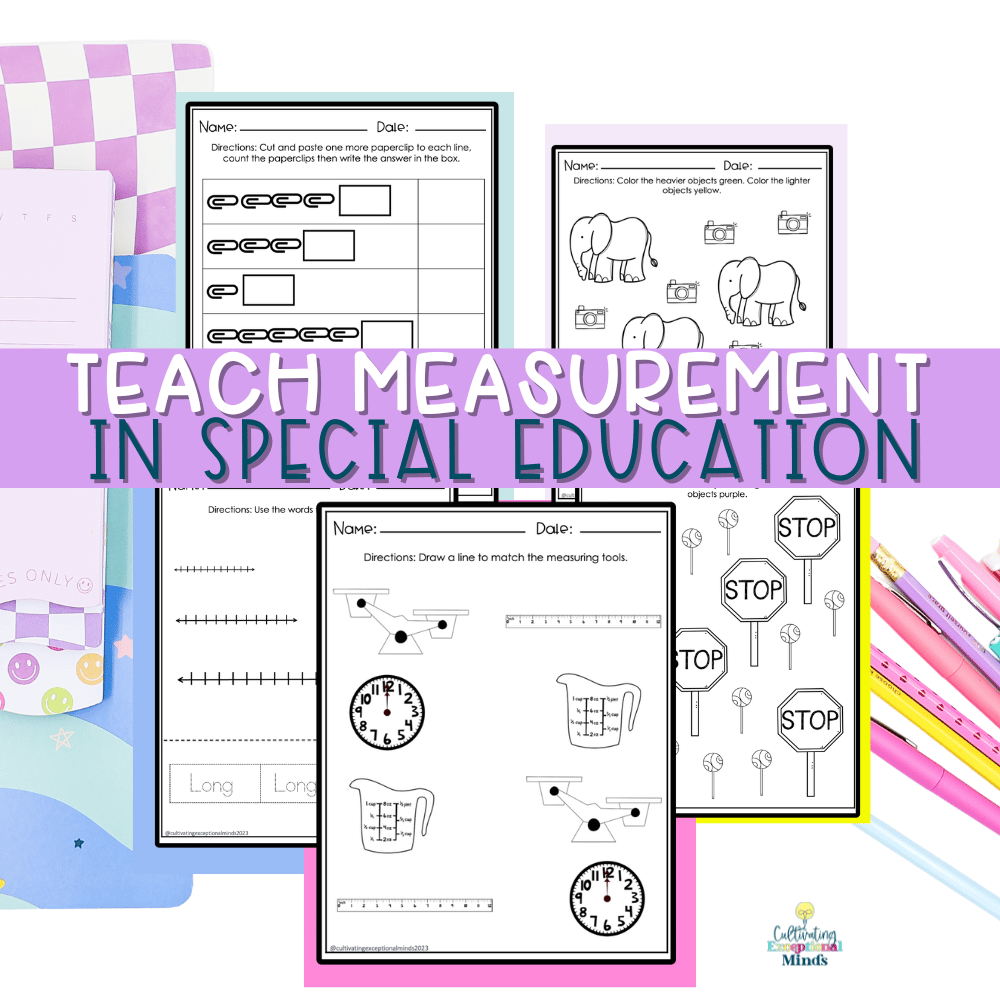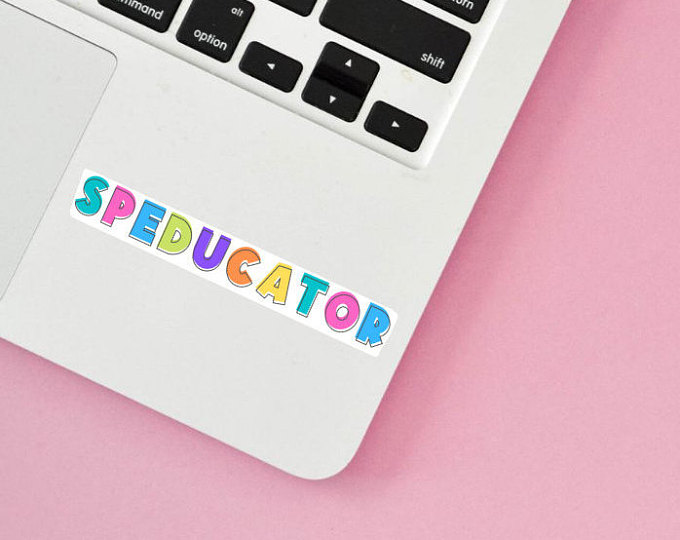As special education teachers, we understand that managing student behavior is one of the most challenging and rewarding parts of our jobs. We know that every child is unique, and their behavior patterns must be analyzed to tailor interventions that work. But here’s the thing—what if we could make that process easier and more effective by using data to drive our interventions?
Behavior data is a powerful tool in the special education classroom, and when used correctly, it can lead to more targeted, individualized interventions that make a real difference in students’ behavior and academic success. In this post, we’ll explore how to effectively use behavior data, why it’s important, and how to streamline the process of tracking and analyzing data to improve outcomes for your students.

Why Behavior Data Matters in Special Education
Behavior data plays a crucial role in understanding the challenges your students are facing and figuring out how to best support them. Whether it’s tracking triggers for meltdowns, recording instances of non-compliance, or analyzing positive behaviors, the data provides the insights you need to make informed decisions.
By collecting and analyzing behavior data, we can:
- Identify patterns: By tracking behavior, you can begin to see patterns, such as what happens before or after a challenging behavior. Understanding triggers or reinforcing behaviors helps you design more effective interventions.
- Monitor progress: Behavior data allows you to monitor student progress over time. You can see if interventions are working, and if not, you can make data-driven adjustments.
- Ensure consistency: Data collection helps ensure that everyone involved in the student’s education, including support staff and families, is on the same page regarding expectations and interventions.
- Meet IEP requirements: Behavior data is often a key component of IEPs (Individualized Education Plans). Regular tracking allows you to report on goals and document progress, ensuring compliance with IEP requirements.
How to Collect Behavior Data
Before diving into how you can use data for interventions, it’s important to know how to collect it. There are several ways to track behavior, and what works best for you will depend on your students’ needs and the behaviors you’re monitoring. Here are some of the most common methods:
1. ABC Data Collection (Antecedent, Behavior, Consequence)
This method involves tracking the antecedent (what happens before the behavior), the behavior itself, and the consequence (what happens after the behavior). By collecting this data, you can begin to see what might be causing the behavior and what reinforces it. This method is particularly useful for identifying patterns and developing intervention strategies.
2. Frequency Data
Frequency data involves counting how many times a behavior occurs within a specified time frame. For example, you may count how many times a student engages in disruptive behavior during class or how many times a student raises their hand to answer a question. This method works best for behaviors that can be easily counted.
3. Duration Data
Duration data measures how long a behavior lasts. This is particularly useful for behaviors such as talking out of turn, tantrums, or any behavior that has a measurable time span. It helps you assess the severity of the behavior and track progress over time.
4. Momentary Time Sampling
This method involves observing the student at specific intervals (e.g., every 5 minutes) to see if the behavior is occurring. It’s a less intrusive way to collect data over time, particularly when continuous monitoring isn’t possible.
How to Use Behavior Data to Drive Interventions
Now that you have your behavior data, it’s time to use it to inform your interventions. Here’s how to make the most of your data to create meaningful change:
1. Analyze the Data
Start by reviewing your data regularly. Look for patterns, triggers, and consequences. For example, you might notice that a student tends to act out right after a transition or when they’re asked to complete a difficult task. Once you’ve identified the triggers and patterns, you can begin to create strategies to address them.
2. Set Specific Goals
Behavioral goals should be clear, measurable, and based on the data you’ve collected. For example, if you notice that a student is frequently off-task, you could set a goal like, “The student will stay on task for 10 minutes during independent work time, as measured by frequency data.”
By using the data to set realistic goals, you can track progress and adjust interventions if necessary.
3. Implement Interventions Based on Data
Now that you know what works and what doesn’t, implement interventions that are based on your findings. This might involve providing more structure during transitions, offering rewards for appropriate behaviors, or teaching the student self-regulation techniques like deep breathing. Whatever the intervention, make sure it’s aligned with the student’s specific needs as identified by your data.
4. Track Progress and Make Adjustments
Once you’ve implemented an intervention, continue to track the behavior data. Is the intervention working? If not, what’s changed? This is where the real magic happens—you can adjust your strategies as needed to ensure success. Regularly review the data with your team and make modifications to the intervention plan based on what’s working.
Tools for Behavior Data Collection
To help you track behavior more efficiently, there are several tools and resources that you can use. Here are a few suggestions:
- Behavior Data Tracking Sheets: Simple data sheets that allow you to log behaviors, triggers, and consequences.
- Behavior Charts: Use these to visually track progress over time.
- Behavior Apps: Many apps are available that allow you to record data in real-time, which is especially helpful when working with multiple students.
- Google Forms: For quick data entry and analysis.
For more tips on creating an effective behavior management plan, check out my Special Education Behaviors Tips for Busy Educators Blog.
Free Resource: Download Our Behavior Training
Ready to get started with data collection? Download our free Behavior Training to begin recording behaviors, triggers, and interventions in a way that’s easy to manage and review.
Conclusion
By using behavior data to inform your interventions, you can create a more effective and personalized approach to managing behaviors in your classroom. Not only does this lead to improved outcomes for your students, but it also helps you become a more efficient and focused educator.
Remember, behavior data isn’t just about tracking; it’s about making informed decisions that lead to positive change. The more consistent you are with your data collection and analysis, the more successful your behavior interventions will be.
Call to Action:
Ready to dive deeper into behavior data and make a lasting impact in your special education classroom? Don’t forget to download our free training and check out our comprehensive resources in The Exceptional Collective for continued support!
P.S. Don’t forget to tune into the Be The Exception in Special Education Podcast for more bite-sized professional development.










